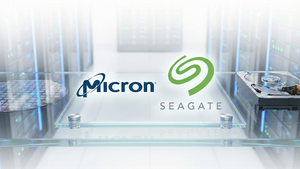
Agriculture products company SiteOne Landscape Supply (NYSE: SITE) reported revenue ahead of Wall Street’s expectations in Q4 CY2024, with sales up 5% year on year to $1.01 billion. Its GAAP loss of $0.48 per share was 66% below analysts’ consensus estimates.
Is now the time to buy SiteOne? Find out by accessing our full research report, it’s free.
SiteOne (SITE) Q4 CY2024 Highlights:
- Revenue: $1.01 billion vs analyst estimates of $1 billion (5% year-on-year growth, 1.3% beat)
- EPS (GAAP): -$0.48 vs analyst expectations of -$0.29 (66% miss)
- Adjusted EBITDA: $31.8 million vs analyst estimates of $32.4 million (3.1% margin, 1.9% miss)
- EBITDA guidance for the upcoming financial year 2025 is $415 million at the midpoint, below analyst estimates of $428.6 million
- Operating Margin: -2.5%, down from -0.2% in the same quarter last year
- Free Cash Flow Margin: 10.8%, similar to the same quarter last year
- Organic Revenue rose 1% year on year (-0.1% in the same quarter last year)
- Market Capitalization: $6.01 billion
“We were pleased to finish a challenging year in 2024 on a more positive note, achieving 1% Organic Daily Sales growth in the fourth quarter against the headwind of 3% deflation. Throughout the year, we made significant progress on our strategic initiatives and acquisition integrations, which positions us well for positive sales growth, SG&A leverage, and EBITDA margin expansion in 2025,” said Doug Black, SiteOne’s Chairman and CEO.
Company Overview
Known for distributing John Deere tractors and LESCO turf care products, SiteOne Landscape Supply (NYSE: SITE) provides landscaping products and services to professionals, including irrigation, lighting, and nursery supplies.
Specialty Equipment Distributors
Historically, specialty equipment distributors have boasted deep selection and expertise in sometimes narrow areas like single-use packaging or unique lighting equipment. Additionally, the industry has evolved to include more automated industrial equipment and machinery over the last decade, driving efficiencies and enabling valuable data collection. Specialty equipment distributors whose offerings keep up with these trends can take share in a still-fragmented market, but like the broader industrials sector, this space is at the whim of economic cycles that impact the capital spending and manufacturing propelling industry volumes.
Sales Growth
A company’s long-term performance is an indicator of its overall quality. While any business can experience short-term success, top-performing ones enjoy sustained growth for years. Over the last five years, SiteOne grew its sales at an exceptional 14% compounded annual growth rate. Its growth beat the average industrials company and shows its offerings resonate with customers.
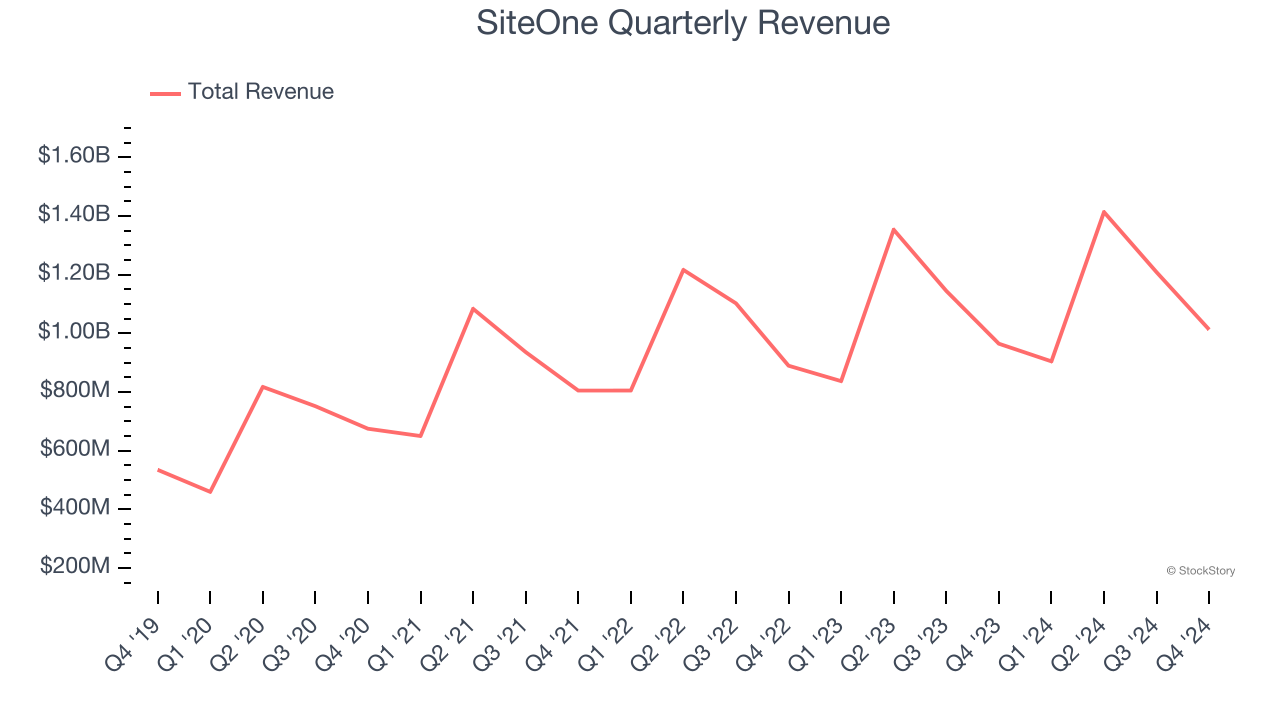
Long-term growth is the most important, but within industrials, a half-decade historical view may miss new industry trends or demand cycles. SiteOne’s recent history shows its demand slowed significantly as its annualized revenue growth of 6.4% over the last two years is well below its five-year trend. 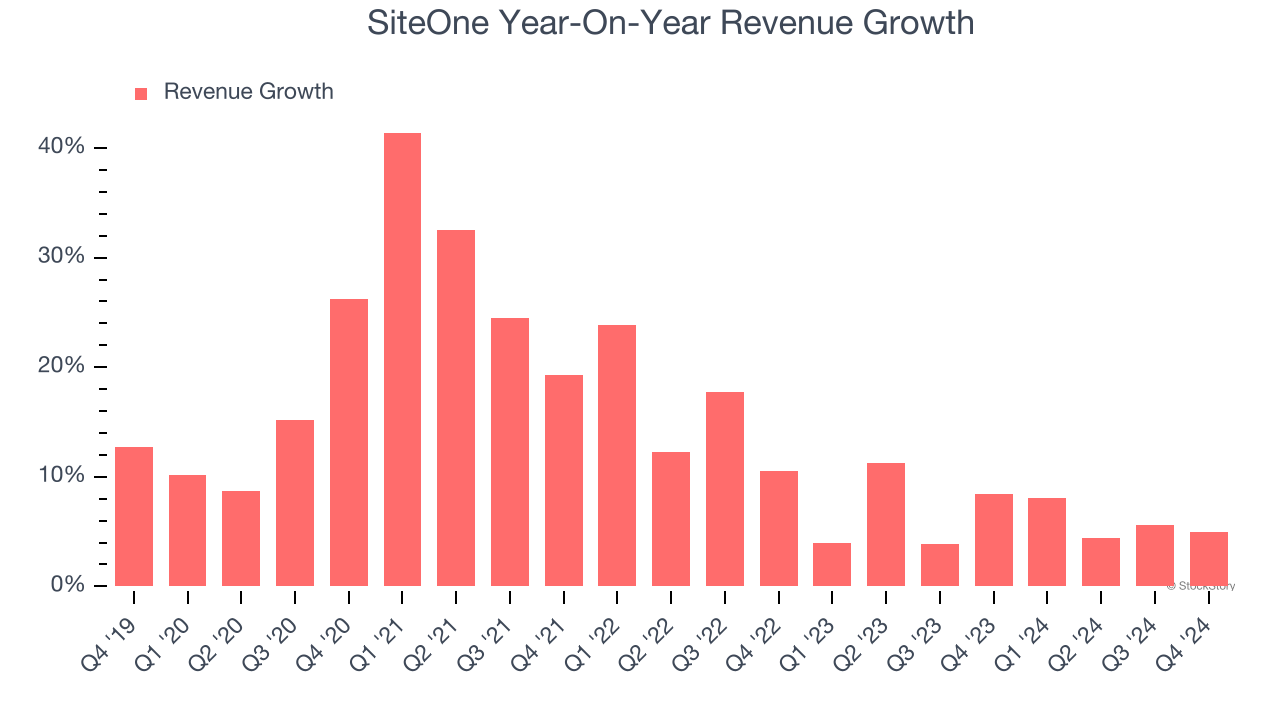
SiteOne also reports organic revenue, which strips out one-time events like acquisitions and currency fluctuations that don’t accurately reflect its fundamentals. Over the last two years, SiteOne’s organic revenue was flat. Because this number is lower than its normal revenue growth, we can see that some mixture of acquisitions and foreign exchange rates boosted its headline results. 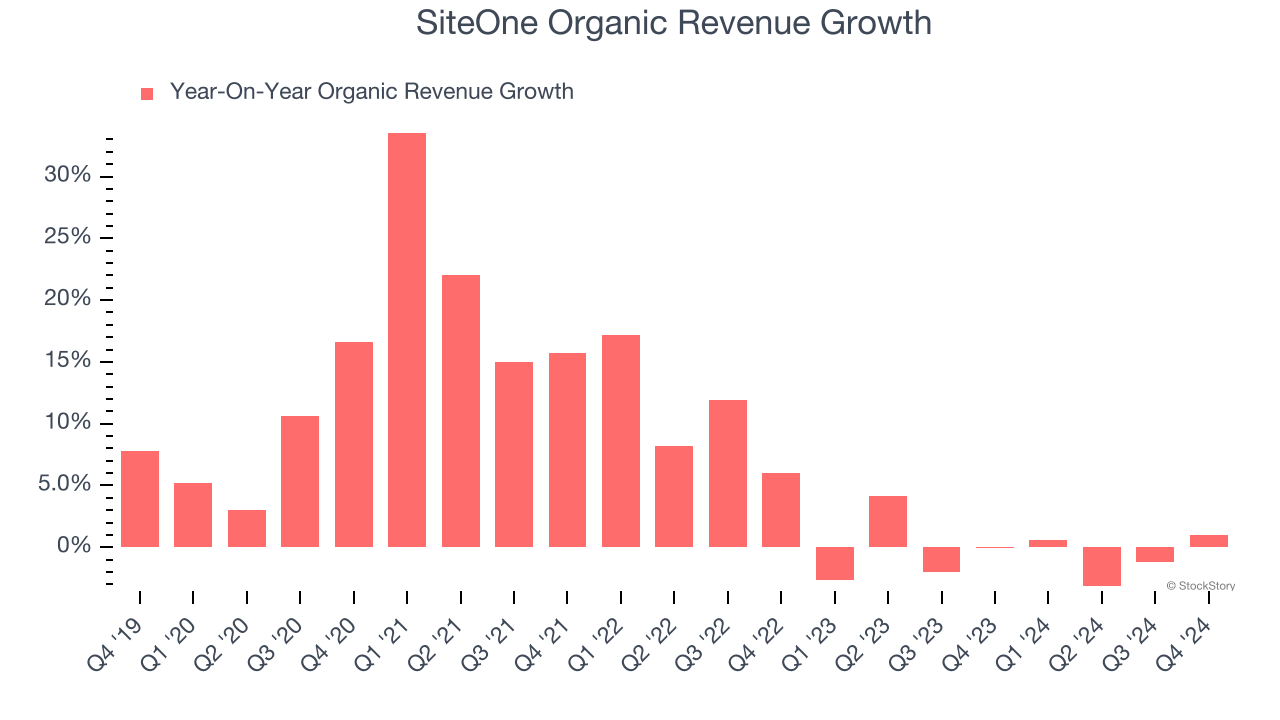
This quarter, SiteOne reported modest year-on-year revenue growth of 5% but beat Wall Street’s estimates by 1.3%.
Looking ahead, sell-side analysts expect revenue to grow 5.4% over the next 12 months, similar to its two-year rate. This projection doesn't excite us and suggests its newer products and services will not accelerate its top-line performance yet.
Today’s young investors won’t have read the timeless lessons in Gorilla Game: Picking Winners In High Technology because it was written more than 20 years ago when Microsoft and Apple were first establishing their supremacy. But if we apply the same principles, then enterprise software stocks leveraging their own generative AI capabilities may well be the Gorillas of the future. So, in that spirit, we are excited to present our Special Free Report on a profitable, fast-growing enterprise software stock that is already riding the automation wave and looking to catch the generative AI next.
Operating Margin
SiteOne was profitable over the last five years but held back by its large cost base. Its average operating margin of 6.7% was weak for an industrials business. This result is surprising given its high gross margin as a starting point.
Analyzing the trend in its profitability, SiteOne’s operating margin decreased by 2.4 percentage points over the last five years. The company’s performance was poor no matter how you look at it - it shows operating expenses were rising and it couldn’t pass those costs onto its customers.
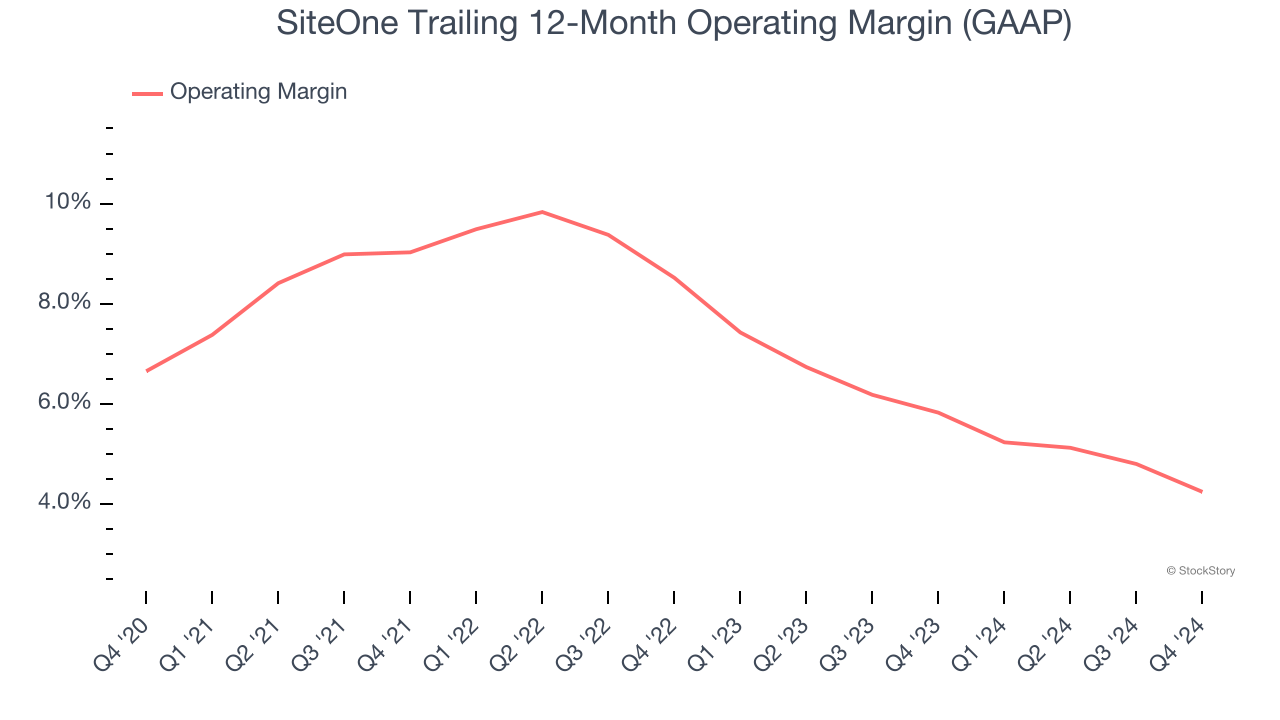
This quarter, SiteOne generated an operating profit margin of negative 2.5%, down 2.3 percentage points year on year. Since SiteOne’s operating margin decreased more than its gross margin, we can assume it was recently less efficient because expenses such as marketing, R&D, and administrative overhead increased.
Earnings Per Share
Revenue trends explain a company’s historical growth, but the long-term change in earnings per share (EPS) points to the profitability of that growth – for example, a company could inflate its sales through excessive spending on advertising and promotions.
SiteOne’s EPS grew at a decent 8.5% compounded annual growth rate over the last five years. However, this performance was lower than its 14% annualized revenue growth, telling us the company became less profitable on a per-share basis as it expanded.
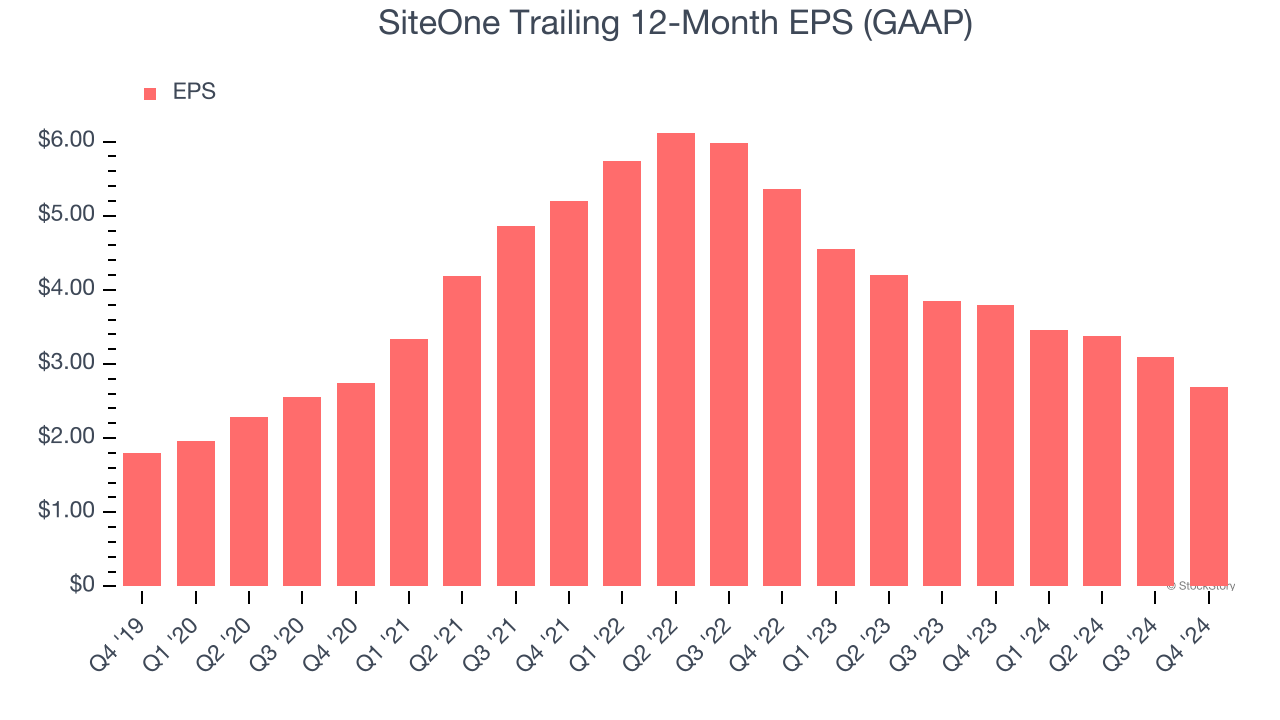
Diving into SiteOne’s quality of earnings can give us a better understanding of its performance. As we mentioned earlier, SiteOne’s operating margin declined by 2.4 percentage points over the last five years. Its share count also grew by 5.2%, meaning the company not only became less efficient with its operating expenses but also diluted its shareholders. 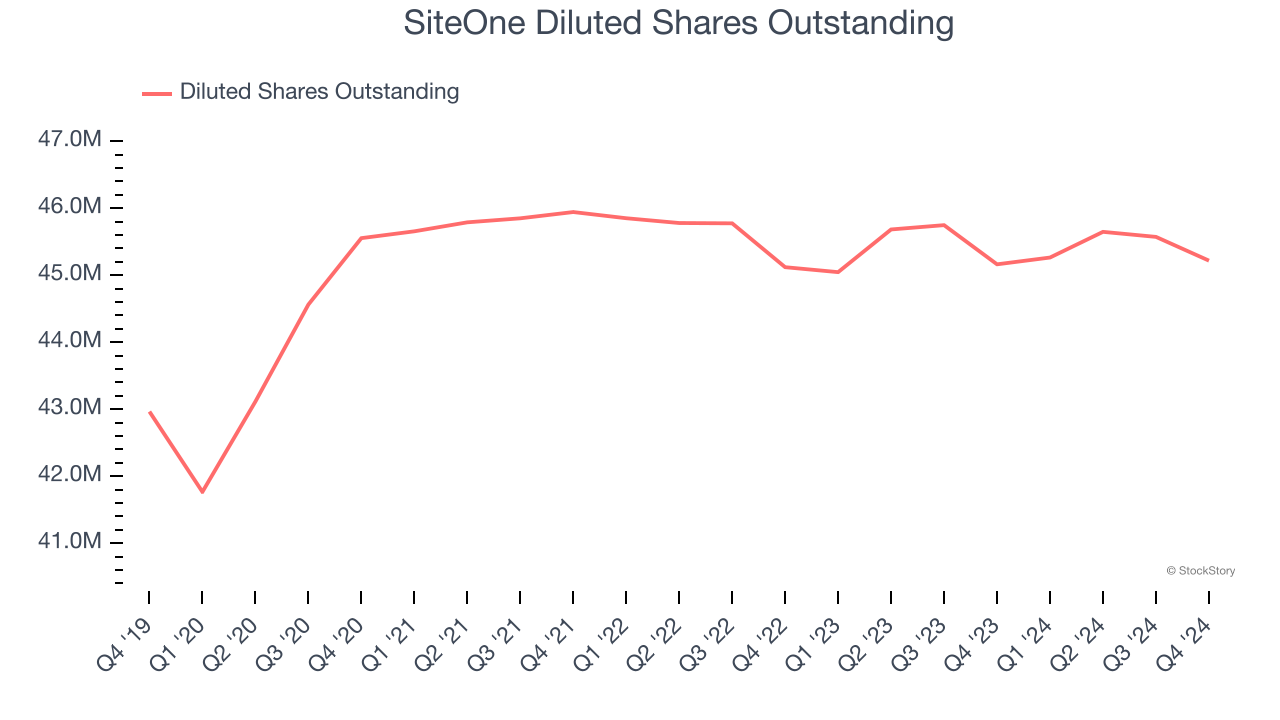
Like with revenue, we analyze EPS over a shorter period to see if we are missing a change in the business.
For SiteOne, its two-year annual EPS declines of 29.1% mark a reversal from its five-year trend. We hope SiteOne can return to earnings growth in the future.
In Q4, SiteOne reported EPS at negative $0.48, down from negative $0.08 in the same quarter last year. This print missed analysts’ estimates, but we care more about long-term EPS growth than short-term movements. Over the next 12 months, Wall Street expects SiteOne’s full-year EPS of $2.69 to grow 39.5%.
Key Takeaways from SiteOne’s Q4 Results
We enjoyed seeing SiteOne exceed analysts’ organic revenue expectations this quarter. We were also happy its revenue narrowly outperformed Wall Street’s estimates. On the other hand, its full-year EBITDA guidance missed significantly and its EPS fell short of Wall Street’s estimates. Overall, this was a mixed quarter. The stock remained flat at $133 immediately after reporting.
SiteOne may have had a tough quarter, but does that actually create an opportunity to invest right now? The latest quarter does matter, but not nearly as much as longer-term fundamentals and valuation, when deciding if the stock is a buy. We cover that in our actionable full research report which you can read here, it’s free.





